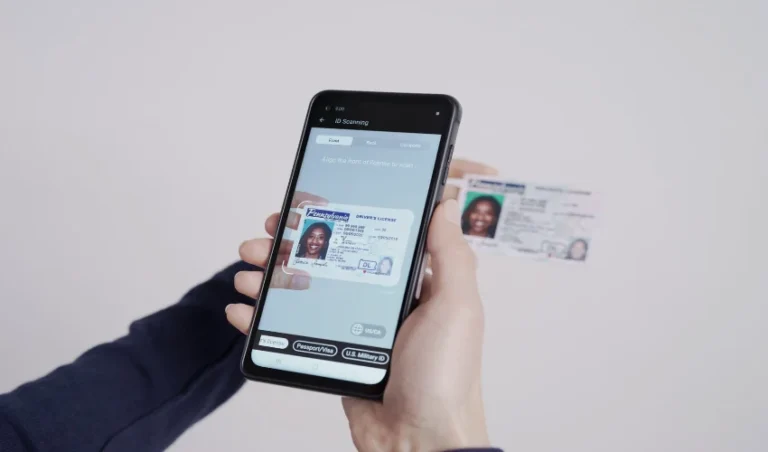In today’s fast-paced world, efficiency and security are more important than ever. Scannable IDs have emerged as a key tool that addresses both of these needs, making daily activities smoother and safer. From digital transactions to identity verification, these IDs are transforming how people interact with technology, businesses, and government services.
Scannable IDs combine traditional identification features with digital technology, allowing information to be read quickly using a scanner or smartphone. This innovation reduces errors that often occur with manual entry, saving time for both users and service providers. For businesses, this translates into faster processing of customer information, reducing queues and improving overall customer satisfaction.
One of the main reasons scannable IDs have become essential is the heightened need for security. Fraud and identity theft are growing concerns worldwide. Traditional IDs like printed cards or documents can be easily lost, stolen, or duplicated. Scannable IDs, however, offer enhanced protection through encryption and secure digital storage. This ensures that personal information is accessed only by authorized personnel, providing peace of mind for individuals and organizations alike.
Healthcare is one sector where scannable IDs have proven particularly valuable. Hospitals and clinics often require quick access to patient records, especially in emergencies. With scannable IDs, medical staff can instantly retrieve a patient’s history, allergies, and treatment plans. This not only speeds up care but also reduces the risk of errors, improving overall patient safety.
In the realm of finance, scannable IDs streamline banking transactions. Whether opening a new account, verifying identity for loans, or conducting online transactions, scannable IDs make the process faster and more reliable. Banks can verify customer identity almost instantly, reducing fraud and ensuring compliance with regulatory standards.
Travel and transportation have also benefited from scannable ID technology. Airports, train stations, and other transit points increasingly rely on scannable IDs for ticket verification and boarding. Passengers enjoy smoother check-ins, shorter wait times, and enhanced security. In addition, border control agencies use idzone scannable passports and IDs to verify travelers efficiently, helping prevent illegal entry and enhancing global security measures.
Education institutions are another area embracing scannable IDs. Schools and universities use them for student identification, attendance tracking, and access to facilities like libraries and laboratories. This reduces administrative workload and enhances campus security by ensuring that only authorized individuals can enter restricted areas.
Scannable IDs are also becoming a vital tool in the workplace. Companies use them for employee access control, time tracking, and monitoring attendance. This technology minimizes errors in payroll, enhances workplace security, and simplifies human resource management. Employees no longer need to remember multiple passwords or carry numerous cards, as a single scannable ID can serve multiple purposes.
Retail businesses are increasingly adopting scannable ID systems for customer loyalty programs and age verification. By scanning a customer’s ID, stores can verify eligibility for discounts, manage rewards points, and comply with age restrictions for certain products. This not only improves efficiency but also strengthens customer trust.
The rise of digital government services has further highlighted the importance of scannable IDs. Many countries now issue scannable IDs for citizens to access e-government services such as tax filing, social benefits, and voting registration. By providing a secure and convenient way to prove identity, scannable IDs make interactions with government systems faster, more reliable, and more transparent.
Another key advantage of scannable IDs is environmental impact. Traditional paper-based ID systems require significant resources for printing, mailing, and maintenance. Scannable IDs reduce the need for physical documents, supporting sustainability efforts while offering digital convenience.
In conclusion, scannable IDs are no longer just a technological novelty; they have become essential in modern life. They enhance security, improve efficiency, and simplify access to services across healthcare, finance, education, travel, retail, and government sectors. As technology continues to advance, scannable IDs will likely become even more integrated into everyday life, offering a safer and more convenient way to manage personal and professional interactions. Adopting scannable IDs today ensures preparedness for a digital, fast-moving world where identity verification, security, and efficiency are paramount.
